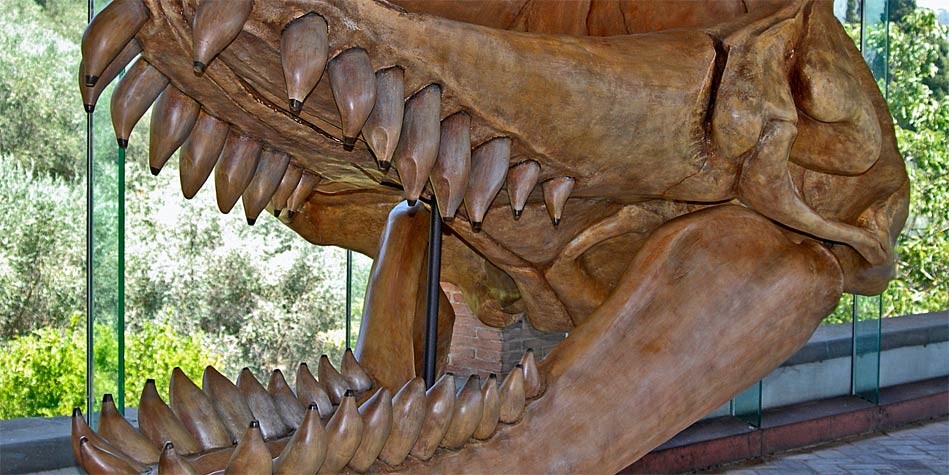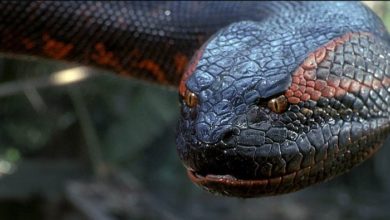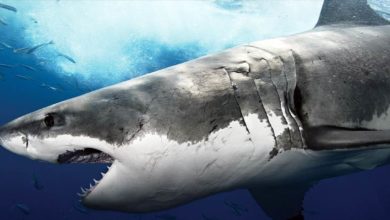Livyatan melvillei – the rival of megalodon
In the Book of Psalms we read: There is the sea, vast and spacious, teeming with creatures beyond number living things both large and small. There the ships go to and fro, and Leviathan, which you formed to frolic there.
We do not exactly know what Bible refers to by the name “Leviathan”, but we know, however, that this name inspired scientists to create a name identifying a real sea giant. In this article, we provide you some information about this sea creature. We wanted to show, that this powerful, toothed whale from the Cenozoic Era may have had something to do with the biblical monster, devouring almost every creature that became on its way.
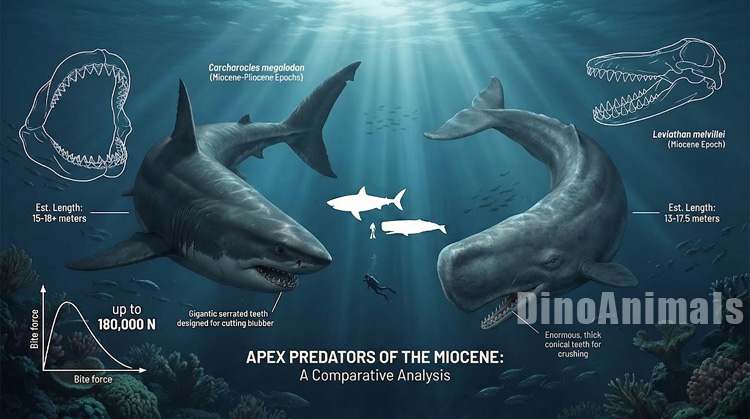
Classification
- Kingdom: Animalia
- Class: Mammalia
- Order: Artiodactyla
- Genus: †Livyatan
- Species: †Livyatan melvillei
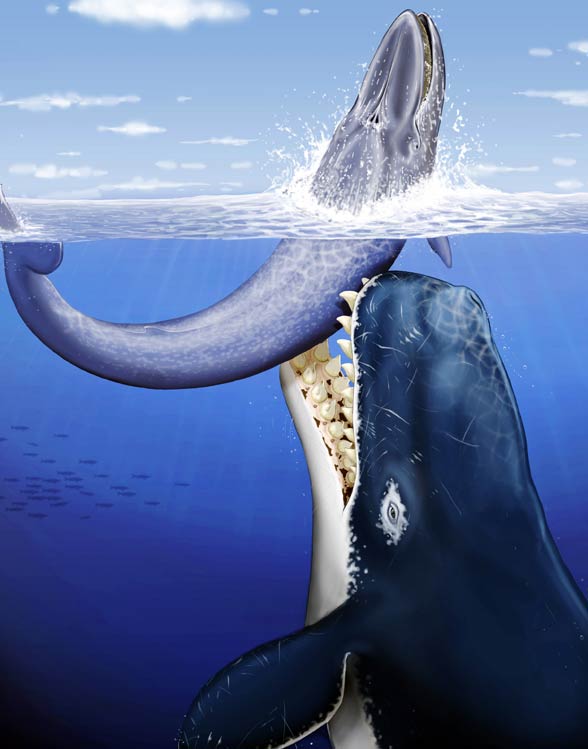
The discovery
It was discovered in November 2008 on the coastal desserts in Peru. The remains were located in the coastal town of Pisco, about 35 km (11.8in) from Ica – the capital city of the Ica Region.
The discovery constitutes partially preserved skull bones including the mandible with teeth. It was made by a scientist from the Natural History Museum in Rotterdam – Klaas Post, a member of an international team of paleontologists.
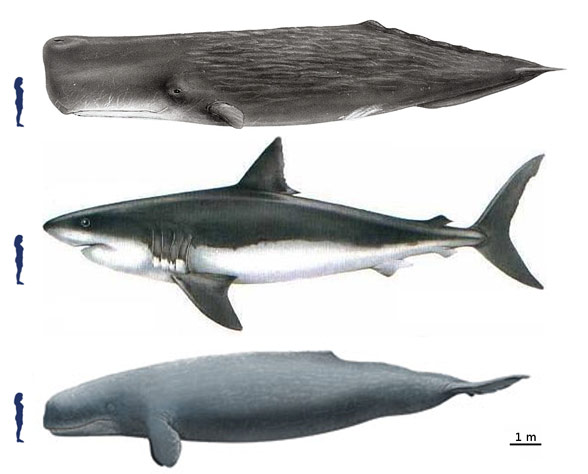
The question of a name
Originally, the generic name refers to the name of the sea monster that appears in the Old Testament. However, the name Livyatan had been used earlier in the classification of mastodons. At present, the mastodons are classified to the genus Mammut and the old generic name Livyatan functions as a synonym, which should not be used in relation to mastodons anymore.
The Hebrew Livyatan became the official name of this prehistoric whale. The term melvillei that constitutes the name of species, was created as a tribute to the author of „Moby Dick” – Herman Melville, who described in this book a giant white sperm whale.
Dating and occurrence
This giant whale lived approximately 13 to 12 million years ago during the middle Miocene. Its bones were found on the present territory of Peru.
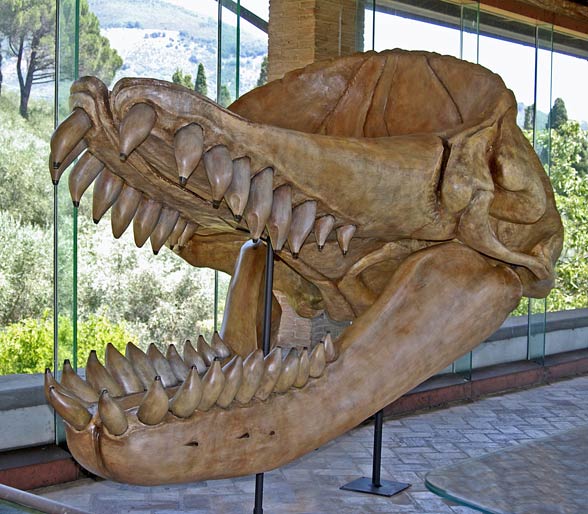
Characteristics
Appearance
The external appearance of Livyatan melvillei is known only on the basis of the partially preserved skull. The comparative studies determined that the Miocene giant resembled today’s sperm whales.
On the basis of the skull, the scientists were able to estimate the length of its body which could amount up to 13,5 m (44 ft). It leads to the conclusion that Livyatan had similar dimensions to the enormous, prehistoric whales, such as Carcharocles angustidens. However, according to some of the estimates Livyatan may have been up to 17 m (56 ft) long. It indicates that it may have been of similar size to the late Miocene whale called Zygophyster varolai or to the biggest shark in history – megalodon (Carcharodon megalodon).
Everything seems to indicate that Livyatan and megalodon may have shared a place of occurrence and furthermore, that for some period of time they may have competed against each other for the food.
Livyatan had large teeth that enable it to crush the bones of its prey, including the baleen whales of the considerable size. The juveniles used their jaws to eat smaller prey, like for example smaller whales or bigger fish.
Livyatan’s dentition was somewhat different than the dentition of the sperm whales. They only have the teeth in their lower jaw, while Livyatan melvillei had teeth in both – lower and upper jaws.
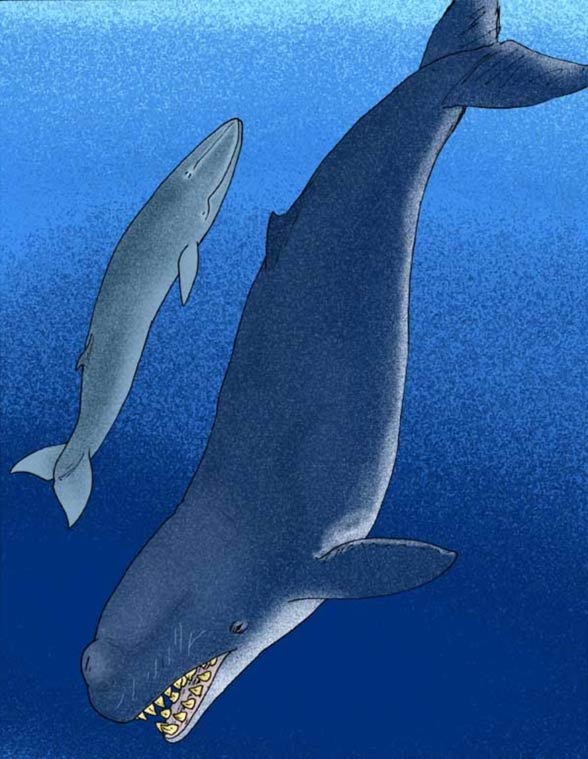
The biggest teeth in the history
This statement may seem unreal, taking into consideration that today’s African bush elephant tusks may even reach a length of 2,5 m (8 ft) while Livyatan’s teeth reached ”barely” 36 cm (14 in). Nevertheless, the African bush elephant’s modified incisors do not serve for food eating. They rather serve as shovels or weapons. Livyatan by contrast owned teeth that served to catch and shred food. Thus, they fulfill their initial function, what cannot be said about the African bush elephant’s impressive tusks.
You may now wonder what about megalodon and T. Rex? They had giant teeth as well. This is true, yet they were not as giant as Livyatan’s. Tyrannosaurus’ teeth did not exceed 30 cm (11.8 in) and the longest teeth of Megalodon’s are 19 cm (7.48 in) long.
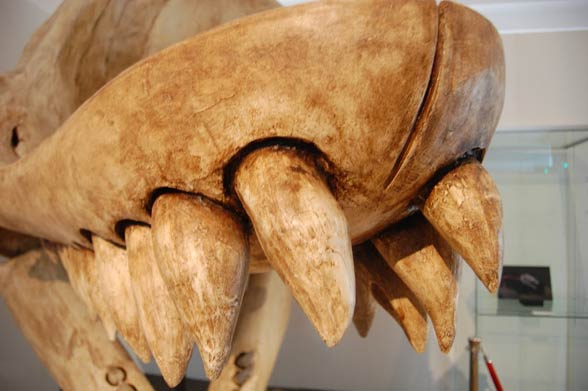
Diet and hunting methods
With huge teeth and giant jaws, Livyatan preyed probably upon sharks of 7 to 10 m (23–33 ft) size, fair-sized baleen whales as well as dolphins, seals and other big aquatic vertebrates.
It is still a mystery today how did Livyatan hunt for its prey. It is assumed that it hunted the same way as megalodon. It attacked its prey from beneath by crashing its ribs and the most important organs, using the giant mouth and huge teeth. According to some other theory, Livyatan allegedly kept its prey underwater in order to deprive it the air and make it suffocate.
The second strategy would have implied too much risk for the attacker itself as it would have had to emerge over the surface of the water to take a breath and in case of failure to do that, it could suffocate and drown together with its prey. Nonetheless, provided that Livyatan was able to last longer under water, the second strategy may have been possible.
Taking into consideration that this giant whale was of similar body build as sperm whale it may have been possible that it had in its head cavity an organ called spermaceti, a waxy substance that acts as a focusing apparatus for the whales’ sense of echolocation. Thanks to the spermaceti Livyatan could have dived under the water as deeply as today’s sperm whales do.
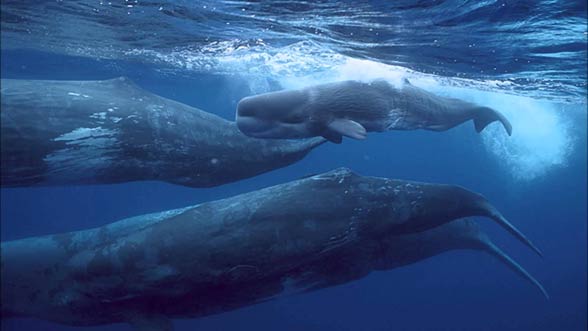
Detailed information / size
Livyatan melvillei
- Estimated body length: 13,5 to 17,5 m (44–57 ft)
- Teeth length: up to 36 cm (14.2 in)
- Teeth diameter: 12 cm (4.7 in)
- Weight: up to 50 tons
- Dating: 13 to 12 million years ago
- Epoch/age: Miocen/Serravallian
- Occurrence: the waters of South America and (as indicates a new discovery from 2016) presumably also the waters of Australia
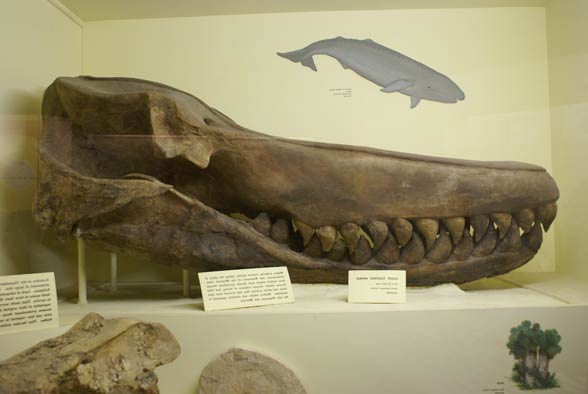
Livyatan melvillei – curiosities
- The discovered remains of Livyatan melvillei constitute a collection of The Natural History Museum of Lima.
- The livyatan‘s skull was approximately 3 m (9ft 10in) long and about 1,9 m (6ft 3in) wide.
- We do not know how long did this whale live. However, it is assumed that the die-off of seals, dolphins and other whales which constituted its food, resulted from the changes of water temperature as well as the changes in the direction of the ocean stream, contributed to their extinction.
- In 2016 a giant tooth has been discovered at a fossil site of Pliocene, at Beaumaris Bay in Australia. The discovery is believed to belong to the extinct species related to the Peruvian Livyatan melvillei, although it has not been named yet. The found tooth measures up to 30 cm (11.8 in) long.
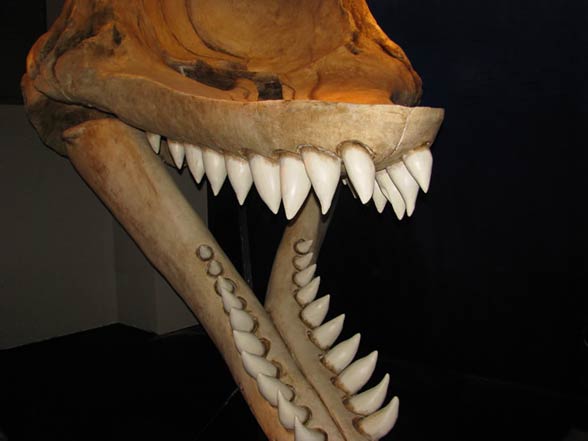
Recommended
- Longest whales
- Heaviest whales
- Marine
- White whale
- Blue whale
- Fin whale
- Humpback whale
- Sperm whale
- Megalodon
- Great white shark
- Whale shark – largest fish
- Largest sharks
- Extinct animals

